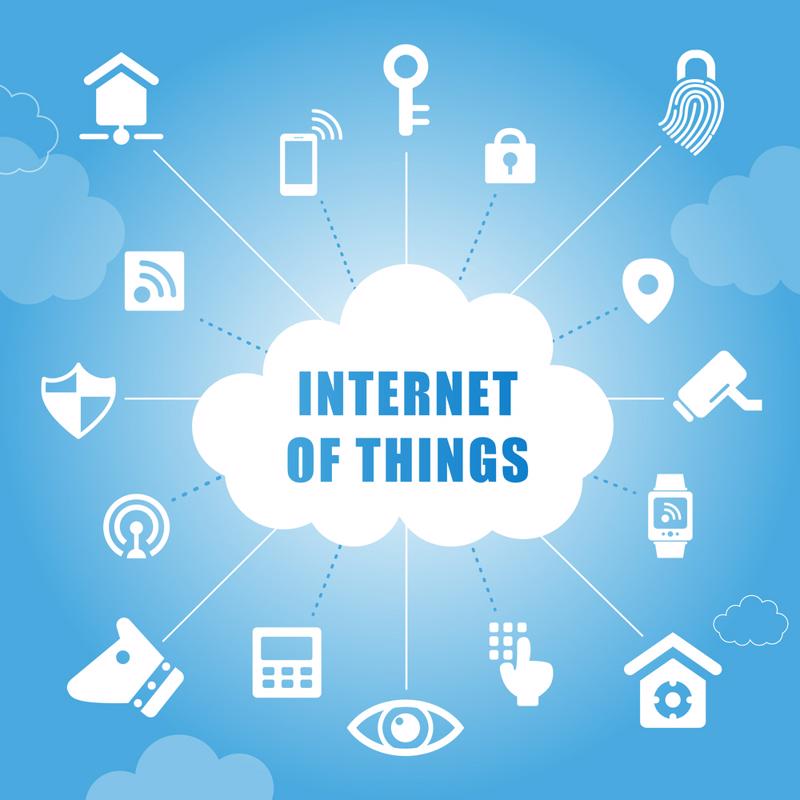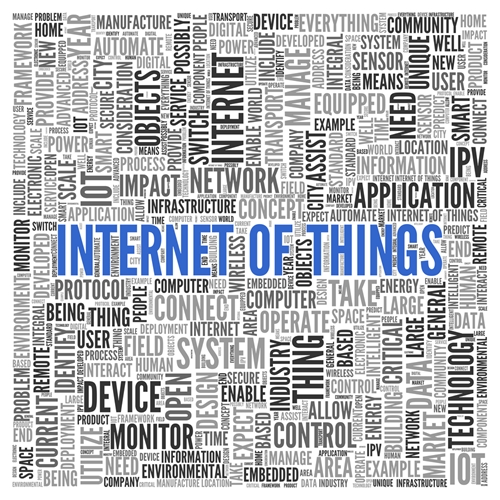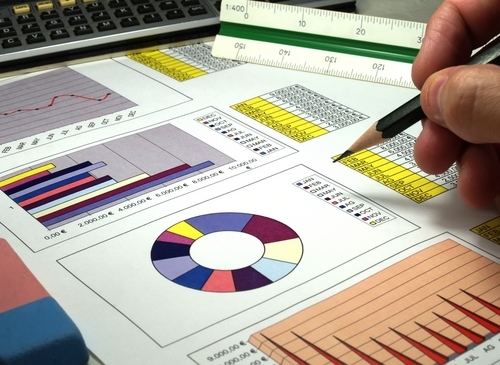The bottom line of many businesses has long involved intangible factors that seem outside their understanding. This is usually in part due to the lack of instrumentation that can measure certain aspects of the business. As a result, the ability of financial services and other related industries to have better control of their profit margins is relatively limited. However, with the emergence of the Internet of Things, many of the bottlenecks that hold back control over business performance disappear. In conjunction with financial performance solutions, the IoT can offer a much clearer picture on revenues, expenses and other aspects of operations.
The importance of assets
For many financial institutions, from mutual funds to banks, their clients' assets are essential to their bottom line. Similarly, if they hold particular physical possessions such as equipment or property seized from a company in default, there's a vested interest in determining their value. Often, the value of these items can only come from thorough auditing and assessment by experienced professionals, which isn't always accurate.

The IoT offers a viable alternative in this sense through machine communication, according to BizTech magazine. Assets would have sensors attached to them monitoring particular aspects based on their usage. The endpoints could deliver that information to key databases that can then analyze the useful life of a given property, allowing for an accurate value assessment. That in turn can enable a better understanding of financial performance as a whole.
A more personal understanding
Outside of the scope but in the spirit of financial performance, IoT also provides financial institutions a better way to understand and thus interact with their customers. The Financial Brand noted that the use of endpoints can record and monitor consumer behavior in various areas. An example of this potential is found in automotive insurance through telematics. The computers inside cars can record and analyze driver behavior on top of activities within the vehicles themselves. Depending on the actions a person may take while behind the wheel, an insurer can make a risk assessment and adjust premiums as a result. Taken to scale, companies can isolate groups of drivers who may be most likely to make serious or frequent claims and move to adjust their risk portfolio accordingly, helping with overall financial performance. It can also help them interact better and create the most profitable outcome. By assessing client behavior, companies gain much in terms of their financial performance.






